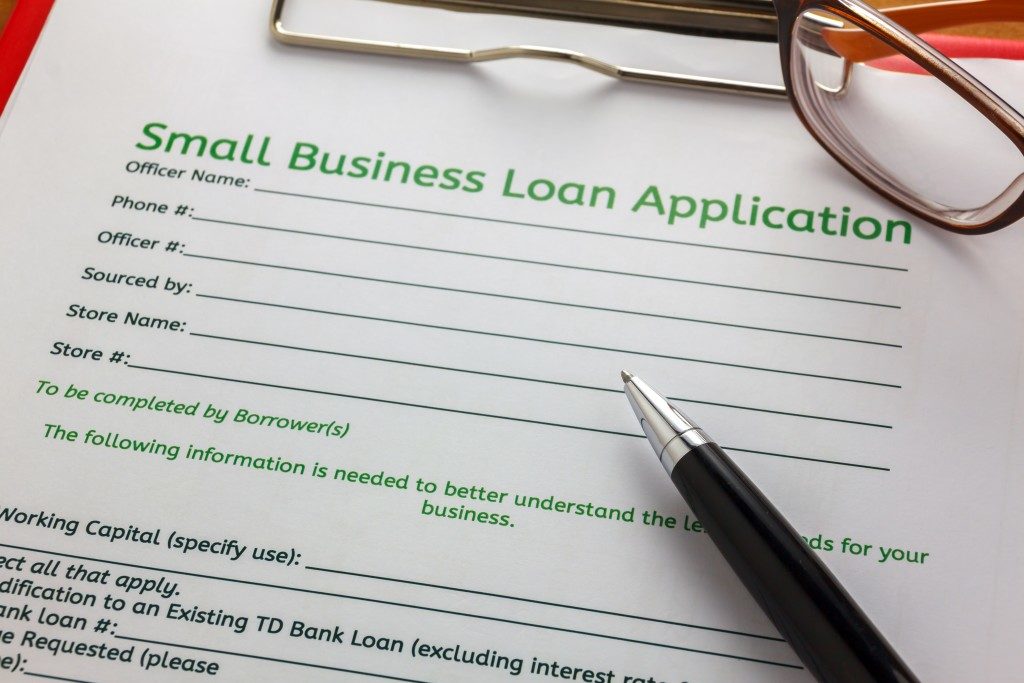Today, restaurants should not just offer good food but visually appealing aesthetics as well if they want to be successful. While there are many installations you could have to improve your restaurant’s appearance, perhaps having a patio is one of the best methods to do so.
For us to understand the significance of restaurant patios, we need to learn about the different materials used in them, accessories you can install, and maintenance tips you need to conduct. Don’t worry. This article will help you with all of those.
The Different Types of Patios
Since patios vary widely and the layout would often depend on your personal preference, their different types are categorized according to the material used on them. There are plenty of options to choose from, but the most common choices are listed below.
Asphalt
If you want your restaurant patio to have a smooth surface but you don’t want to compromise its durability, asphalt is the best choice for the material. Aside from these benefits, asphalt is also generally cheaper, which is perfect if you’re working on a tight budget. Looking for asphalt paving services will help reduce your business improvement costs.
Concrete
Another popular material option among business owners when it comes to restaurant patios is concrete. It provides the same durability as asphalt and creates a flat surface. The biggest advantage of using concrete is that it can be poured into different shapes that you prefer, which is great if you have a specific design in mind. You might also want to keep in mind that concrete patios often require excavation services for a stronger foundation.
Gravel
If you’re not a huge fan of putting too much effort on your restaurant patio, or if you need to get it done as soon as possible, using gravel is the simplest option. All you have to do is have them poured and distributed evenly onto the restaurant’s front yard. However, keep in mind that having loose stones and pebbles on the patio may get them scattered to different places.

Must-have Patio Accessories
Your restaurant patio would never be complete without adding some pieces of furniture and other fixtures to them. That’s why to maximize your guest’s outdoor experience, make sure that you have the following accessories.
Patio Roof or Umbrella
Protection from the sun or rain is essential to a patio. This would allow customers to spend their precious time outside while queueing, whatever the weather is. Some restaurant owners prefer building an entire patio roof, but you can also opt for patio umbrellas’ temporary shade. Retractable roof systems are also a popular option for restaurants.
Swings, Hammocks, and Chairs
Maximize your customers’ relaxing experience outside by having a place for them to sit or lie down on. A swing will be perfect if they have little children who love playing. On the other hand, teenagers and adults alike would surely love having a hammock, but most importantly, don’t forget to include chairs as well.
Fire Pit
What makes patios exciting is that customers can hang out there at any time of the day. Bonding with their friends and families at night would be perfect on the patio. Just don’t forget to do it around a fire pit fixture for a more comforting and unforgettable experience. Knowing how to use fire pits to elevate restaurant design is essential to your business’s success.
Patio Maintenance Tips
An excellent-looking patio is not possible without proper maintenance. Don’t worry. Keeping your restaurant patio in its best condition is rather easy. That being said, here are some tips that may help you in that pursuit.
Brushing Regularly
If the patio is used regularly, it’s quite often that dirt and other debris would get to the pavement and get stuck there. This would result in a messy-looking patio. For this problem, regular brushing would suffice. While the frequency may depend on how often your patio is used, doing so at least twice a month is recommended.
If Possible, Power Wash
Regular brushing doesn’t often completely clean the pavement of your restaurant patio. This is because dust may sometimes sink deep onto the material that even a brush won’t be able to reach. If possible, pour soapy and warm water onto the pavement, and use a power washer to rinse it clean. Make sure that you do this at least once a month to keep your patio clean.
Frequent Weeding
One common problem in patios, especially those made with concrete or bricks, is weed. Stray weed sometimes grows in cracks or the tight spaces between the material. Aside from ruining your patio’s appearance, this may also weaken its structure. Pull out the weeds growing out of the pavement and use a weedkiller to prevent them from coming back.


